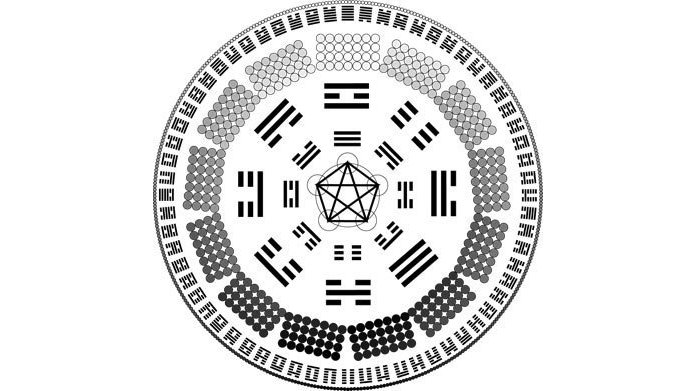I Ching – The Book of Changes – World’s Oldest Book Of Wisdom Used To Predict Future Events
Ellen Lloyd - AncientPages.com - The Book of Changes - I Ching in Chinese is one of the most important ancient books ever written. The Book of Changes has been used as an aid to foretell the future and make decisions for thousands of years.
It is thought to be the oldest book of the Earth. According to many people it is one of our greatest treasures of wisdom. Confucius, one of the greatest Chinese philosophers said that by following the advices of the book, and studying it constantly, we can attain creative awareness in every situation.
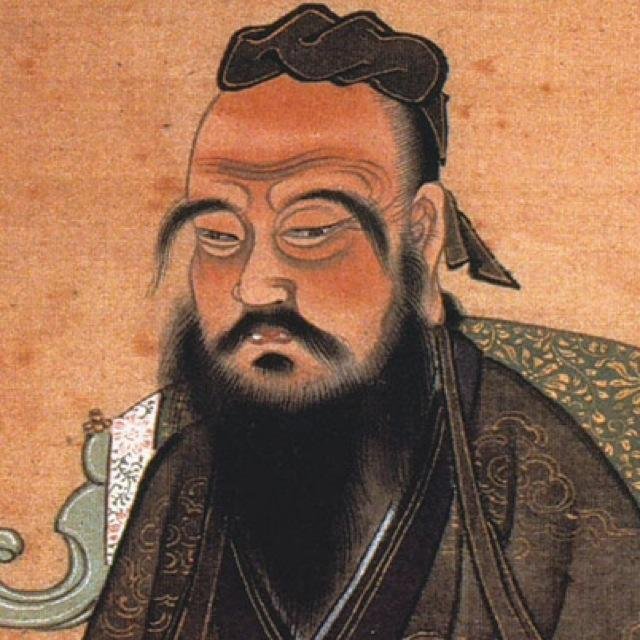
Confucius said that by following the advices of the book, and studying it constantly, we can attain creative awareness in every situation.
The book's origin goes back to mythical antiquity and it has occupied the attention of the most eminent scholars of China down to the present day.
"The I Ching, sometimes called the Yi Jing, is an ancient Chinese text based on the psychology of individualization process, that is to say the improvement of one's psyche through ''character training", a fundamental principle of the Book of Changes.
Like the Temple of Apollo at Delphi which had the words "know thyself" inscribed in the pronaos (forecourt), it will be seen that the Book of Changes is, in essence and in its ambiguity, a mirror into one's self through the development of one's psyche.
Embodied within the framework of the I Ching is a philosophical system, a method of divination, and it contains many historical events that are for the most part hidden among the hexagrams and lines. It is a work which in its time has influenced some of China's greatest thinkers and has played a large role in Taoism and Confucianism. It is one of the "five ancient classics" and probably the oldest written form of known divination in the world still reasonably intact," writes author Graham Taylor in his book "Discovering the Book of Changes - a Journey
The I-Ching was first introduced to the western world by missionary in late Ming Dynasty and explained by Germany mathematician with binary code.
The book's origins date back about 5000 years to the time of the mythical ruler Fu Hsi., one of the earliest legendary rulers of China (2800 BC-2737 BC).
Ancient Chinese legend says that I Ching originated with the mythical Fu Xi, one of the earliest legendary rulers of China (2800 BC-2737 BC), reputed to have had the 8 trigrams revealed to him supernaturally.
Fu Hsi was said to have found the eight trigrams that form the sixty-four hexagrams on the shell of a tortoise. It is said that FU His Fu Hsi had the 8 trigrams revealed to him supernaturally.
The meanings evolved from then on but the book was used mostly for predicting natural events until King Wen wrote the first expositions on the sixty-four hexagrams about 3,000 years ago. He wrote them while in prison from a vision on the prison wall. These were the first comments that included social and political connotations.
Each inquiry to the oracle will result in a hexagram reading and possibly additional line readings. A hexagram is made up of two trigrams. There are eight possible trigrams: Ch'ien (Cosmos), Chen (Thunder), K'an (Water), Ken (Mountain), K'un (Earth), Sun (Wind/Wood), Li (Fire), and Tui (Lake). Each trigram is made up of three lines. Each line is either broken or solid, corresponding to the complementary forces Yin (negative) and Yang (positive). Every time a coin is thrown, one line of the hexagram is determined, thus, six throws decide a hexagram.
These eight trigrams were conceived as images of all that happens in heaven and on earth. At the same time, they were held to he in a state of continual transition, one changing into another, just as transition from one phenomenon to another is continually taking place in the physical world.
See also:
- Ancient Mystery Of Baktiotha And The Egyptian Spell Book
- The Egyptian Dream Book Reveals Ancient Predictions Of The Future
- Gog And Magog Prophecy In The Book Of Revelation
There are sixty-four different hexagrams, and each hexagram has six changing lines, any one of which may or may not apply for any particular reading. One method for casting the oracle is to use three Chinese coins for the throws. Each throw creates one line of the hexagram. One side of the coin represents a two and the other a three. These numbers are added to determine the result of the throw.
Changing lines are created if there are any three-of-a-kind throws (a total of six or nine). The secondary reading can be thought of as changing from the primary reading and is only created if there are changing lines in the primary reading.
To use the I-Ching, a person uses either coin tosses or yarrow stalks to generate a hexagram and receive their divination statement.
Modern day researchers still puzzle over the book's mysteries and first-time users are often struck by the poignancy of the answers it gives.
Written by - Ellen Lloyd – AncientPages.com
Copyright © AncientPages.com All rights reserved. This material may not be published, broadcast, rewritten or redistributed in whole or part without the express written permission of AncientPages.com
More From Ancient Pages
-
 Årsgång – Year Walk In The Forest – Mystical Journey To Gain Knowledge About The Future – An Ancient Swedish Ritual
Ancient Traditions And Customs | Jan 2, 2019
Årsgång – Year Walk In The Forest – Mystical Journey To Gain Knowledge About The Future – An Ancient Swedish Ritual
Ancient Traditions And Customs | Jan 2, 2019 -
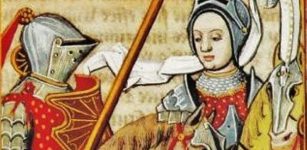 Jeanne de Clisson ‘Lioness Of Bretagne’: Her Black Painted Ships With Red Sails Terrorized English Channel
Featured Stories | Oct 4, 2019
Jeanne de Clisson ‘Lioness Of Bretagne’: Her Black Painted Ships With Red Sails Terrorized English Channel
Featured Stories | Oct 4, 2019 -
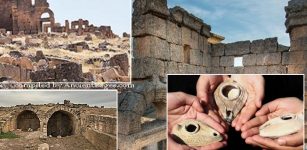 1,500-Year-Old Ancient Lamps Unearthed In Zerzevan Castle In Southeast Turkey
Archaeology | Nov 25, 2019
1,500-Year-Old Ancient Lamps Unearthed In Zerzevan Castle In Southeast Turkey
Archaeology | Nov 25, 2019 -
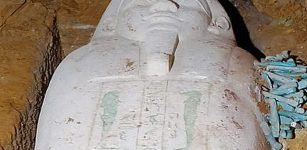 Limestone Sarcophagus, Ushabti Figures Unearthed In Minya’s Al-Gharafa Area, Egypt
Archaeology | Oct 3, 2020
Limestone Sarcophagus, Ushabti Figures Unearthed In Minya’s Al-Gharafa Area, Egypt
Archaeology | Oct 3, 2020 -
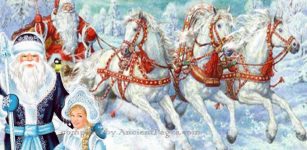 Grandfather Frost And Snow Maiden Bring Gifts On New Year’s Eve
Ancient Traditions And Customs | Dec 13, 2019
Grandfather Frost And Snow Maiden Bring Gifts On New Year’s Eve
Ancient Traditions And Customs | Dec 13, 2019 -
 Yuezhi Civilization: Ancient Nomadic People Who Once Ruled Bactria
Civilizations | Nov 29, 2018
Yuezhi Civilization: Ancient Nomadic People Who Once Ruled Bactria
Civilizations | Nov 29, 2018 -
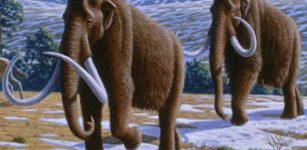 Fascinating Gigantic Creatures Today Totally Extinct 13,000 Years Ago Co-Existed With Early Americans
Archaeology | May 8, 2012
Fascinating Gigantic Creatures Today Totally Extinct 13,000 Years Ago Co-Existed With Early Americans
Archaeology | May 8, 2012 -
 Movie Stars’ Creepy Encounters With The Unexplained
Featured Stories | Oct 28, 2019
Movie Stars’ Creepy Encounters With The Unexplained
Featured Stories | Oct 28, 2019 -
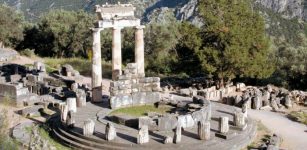 Ancient Greeks Built Sacred Temples On Earthquake Sites To Gain Spiritual Power
Archaeology | Sep 19, 2017
Ancient Greeks Built Sacred Temples On Earthquake Sites To Gain Spiritual Power
Archaeology | Sep 19, 2017 -
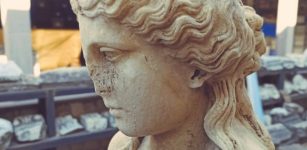 1,800-Year-Old Statue Of A Water Nymph Found Underground In The Ancient City Of Amastris
Archaeology | Sep 8, 2023
1,800-Year-Old Statue Of A Water Nymph Found Underground In The Ancient City Of Amastris
Archaeology | Sep 8, 2023 -
 Surprising Evolution Discovery – Extinct Subterranean Human Species With Tiny Brains Used Fire
Archaeology | Dec 9, 2022
Surprising Evolution Discovery – Extinct Subterranean Human Species With Tiny Brains Used Fire
Archaeology | Dec 9, 2022 -
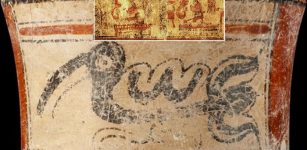 Non-Royal Elite Burial And Deciphered Hieroglyph Reveal Privileged And Hard Life Of Maya Ambassador
Archaeology | Mar 18, 2021
Non-Royal Elite Burial And Deciphered Hieroglyph Reveal Privileged And Hard Life Of Maya Ambassador
Archaeology | Mar 18, 2021 -
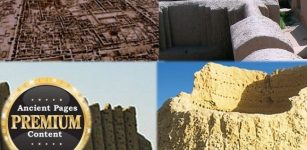 Strange Ancient Labyrinth City Under The Sands Of The Kara Kum Desert Reveals Its Secrets
Civilizations | Sep 29, 2014
Strange Ancient Labyrinth City Under The Sands Of The Kara Kum Desert Reveals Its Secrets
Civilizations | Sep 29, 2014 -
 Enigma Of Mount Ararat – Researchers Are Determined To Reveal The Truth To The World
Featured Stories | Jun 27, 2014
Enigma Of Mount Ararat – Researchers Are Determined To Reveal The Truth To The World
Featured Stories | Jun 27, 2014 -
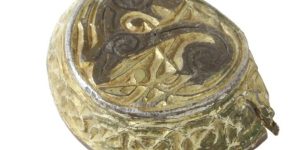 Strange 1,200-Year-Old Anglo-Saxon Artifact Used For Unknown Purpose Found In Norfolk, UK
Archaeology | Jan 18, 2024
Strange 1,200-Year-Old Anglo-Saxon Artifact Used For Unknown Purpose Found In Norfolk, UK
Archaeology | Jan 18, 2024 -
 Does This Cathedral Offer Evidence Our Calendar Is ‘Missing’ 297 Years?
Featured Stories | May 6, 2022
Does This Cathedral Offer Evidence Our Calendar Is ‘Missing’ 297 Years?
Featured Stories | May 6, 2022 -
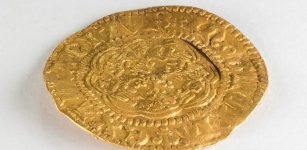 How Did Canada’s Oldest Coin Make Its Way To Newfoundland’s South Coast?
Archaeology | Nov 14, 2022
How Did Canada’s Oldest Coin Make Its Way To Newfoundland’s South Coast?
Archaeology | Nov 14, 2022 -
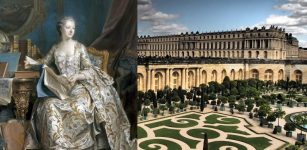 Madame de Pompadour – Powerful And Hated Mistress – Sex, Manipulation And Intrigue In Versailles
Featured Stories | Jul 12, 2018
Madame de Pompadour – Powerful And Hated Mistress – Sex, Manipulation And Intrigue In Versailles
Featured Stories | Jul 12, 2018 -
 Why Did Modern Humans Replace The Neanderthals? The Key Might Lie In Our Social Structures
Featured Stories | Jun 18, 2024
Why Did Modern Humans Replace The Neanderthals? The Key Might Lie In Our Social Structures
Featured Stories | Jun 18, 2024 -
 Germany’s Stonehenge Pömmelte Reveals More Secrets – 140 Wooden Houses And 78 Silos Found
Archaeology | Jul 2, 2024
Germany’s Stonehenge Pömmelte Reveals More Secrets – 140 Wooden Houses And 78 Silos Found
Archaeology | Jul 2, 2024

